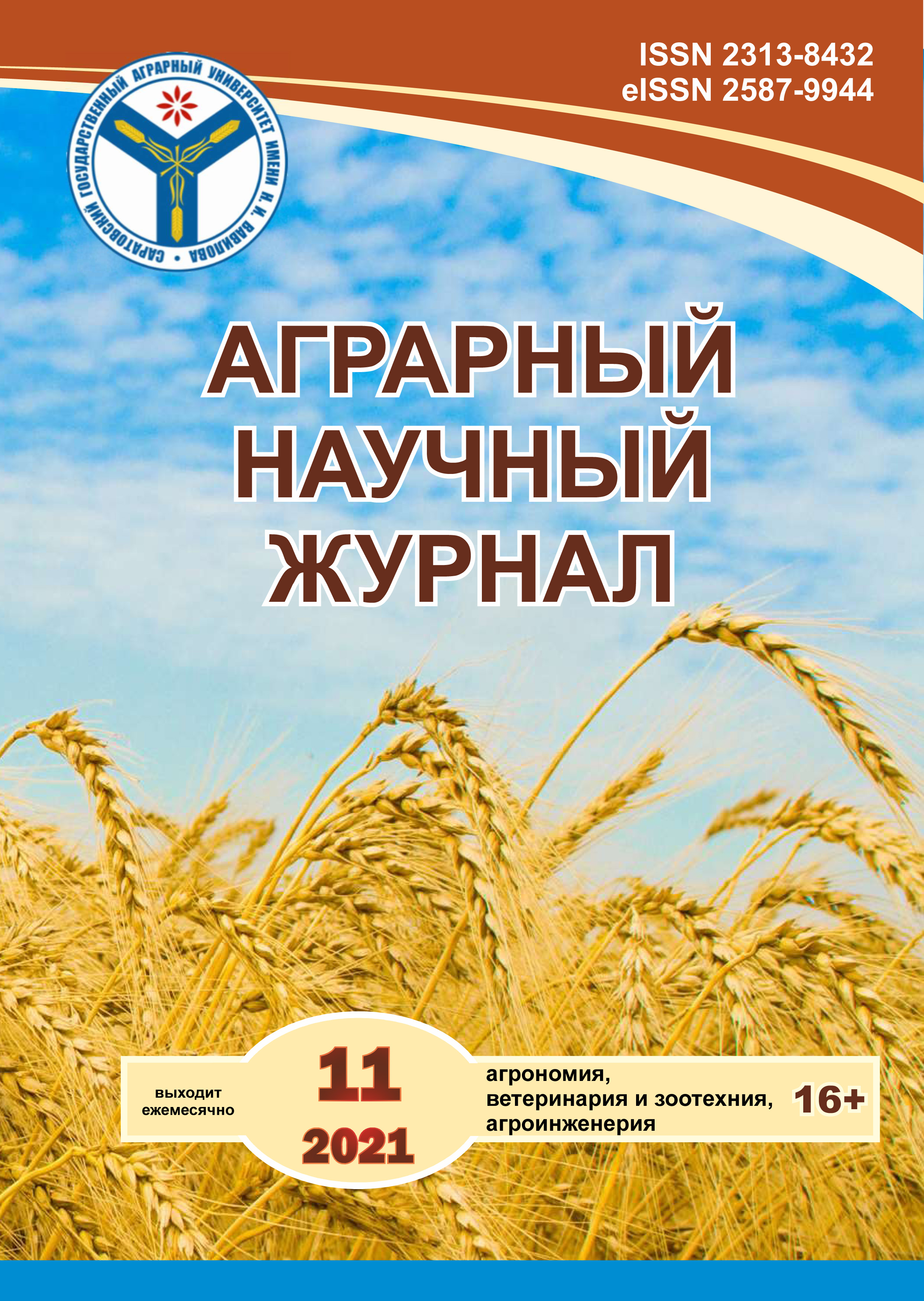Species diversity and productivity of pasture lands ecosystems on sandy soil
DOI:
https://doi.org/10.28983/asj.y2021i11pp17-21Keywords:
phytocenoses, pasture ecosystems, dominants, subdominants, sand massifs, moisture conditions.Abstract
The results of monitoring studies carried out to identify the features of the current distribution of vegetation and productivity of sandy pasture ecosystems in the south of the European territory of Russia are presented. The objects of research were natural pasture phytocenoses on the territory of the Tsimlyansk sand massif. The methods of ecological and geobotanical surveys were used in the work. Plant samples were collected at key sites located in different wet areas using the 5-fold slope method. To identify dominant and subdominant species of natural phytocenoses, the Drude species abundance assessment scale was used. It was found that the pasture ecosystems of the Tsimlyansk sand massif are characterized by the presence of 58 dominant and subdominant species from 22 families, which occupy a certain position in the herbaceous and shrub communities, depending on the moisture content of the territory. The territory of complete humidification is characterized by the presence of 7 dominants and subdominants from 7 families. In the territory of excessive moisture, 9 species from 7 families dominate in phytocenoses. On the territory of sufficient and variable moisture, 26 species from 8 families predominate in the communities. The territories of moderate humidification are distinguished by the presence in the associations of 22 dominant species from 9 families. The territory of complex moistening, which is insufficient and severely insufficient under sand hills and moderate in the groves, is characterized by the presence of 9 dominant and subdominant species from 6 families in the communities. In 2018-2020 it was revealed that the annual phytomass of the grass and grass communities of the Tsimlyansk sand massif increases from spring to summer (from 91-117 to 204-267 g/m2) and decreases from summer to autumn (from 204-267 to 156-190 g / m2). The average annual productivity of natural phytocenoses is 156-190 g / m2.
Downloads
References
Власенко М.В., Кулик А.К., Турко С.Ю., Балкушкин Р.Н., Тютюма Н.В. Эколого-фитоценотическая организация псаммофитных сообществ Цимлянского песчаного массива // Юг России: экология, развитие. 2019. Т. 14. № 4. С. 35–45.
Власенко М.В. Изменения растительного покрова под влиянием выпаса сельскохозяйственных животных на пастбищных угодьях Астраханской области // Фундаментальные исследования. 2011. № 12-4. С. 757–759.
Власенко М.В., Кулик А.К. Современное состояние степной растительности Придонских песчаных массивов // Аграрная Россия. 2017. № 9. С. 22–29.
Гаель А.Г., Смирнова Л.Ф. Пески и песчаные почвы. М.: Наука, 1999. 460 с.
Гожев А.Д. Типы песков области Среднего Дона и их хозяйственное использование. М.-Л.: Сельхозгиз, 1929. 172 с.
Демина О.Н. Эколого-биоморфологический анализ степной ценофлоры бассейна Дона // Юг России: экология, развитие. 2011. № 1. С. 31–40.
Дубянский В.А. Пески Среднего Дона и использование их в сельском и лесном хозяйстве. М.: Сельхозгиз, 1949. – 232 с.
Засоба В.В. Состояние насаждений и использование песков в Доно-Цимлянском песчаном массиве Ростовской области // Вестник научных конференций. 2016. № 8–1(12). С. 29–32.
Кулик А.К., Власенко М.В. Эколого-гидрологическая оценка воздействия сельского и лесного хозяйства на песчаные земли Верхнего Дона // Пути повышения эффективности орошаемого земледелия. 2015. №1(57). С. 89– 94.
Полынов Б.Б. Пески Донской области. Их почвы и ландшафты. Ч. 2. СПб.: Академиздат, 1927. 197 с.
Сенатор С.А., Васюков В.М., Зибзеев Е.Г., Королюк А.Ю., Саксонов С.В. Материалы к флоре Волгоградской области // Фиторазнообразие Восточной Европы. 2018. Т. 12. № 4 С. 23–43.
Downloads
Published
Issue
Section
License
Copyright (c) 2021 The Agrarian Scientific Journal

This work is licensed under a Creative Commons Attribution-NonCommercial 4.0 International License.








